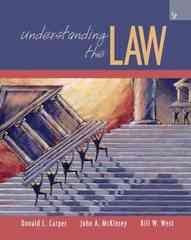Question
A monopolist sells its product to two types of customers, business customers and other customers. The monopolist's total cost is given by TC = 20
A monopolist sells its product to two types of customers, business customers and other customers. The monopolist's total cost is given by TC = 20 + 2Q, where Q denotes total output, so the marginal cost is equal to 2. LetP denote price. Thedemand of business customers isgiven byQB= 14 -P. Thedemand of other customers isgiven byQO= 5 - 0.5P.Note that you may need to allow price to differ between markets and possibly for different units purchased.
(i)[20marks] Define third-degree price discrimination. Assuming that such discrimination between the two groups is possible,calculate the price that the monopolist will set for business customers, the price it will setfor other customersandthe firm's total profit.
(ii)[10marks] Define first-degree price discrimination. Assuming that such discrimination is possible, how much will the monopolist sell to each group? Calculatethe firm'stotal profit.
(iii)[5marks] Which gives higher profit, the pricing scheme in part (i) or that in part (ii)? Is this a general result or does it depend on the particular numbers used in this example? Explain.
(iv)[15 marks] The government now requires the firm to charge the same price to all its customers irrespective of the group they belong to. Discuss the effectof this on the consumer surplus of business customers, the consumer surplus of other customersand the firm'stotalprofit as compared to the situationinpart (i).
Step by Step Solution
There are 3 Steps involved in it
Step: 1

Get Instant Access to Expert-Tailored Solutions
See step-by-step solutions with expert insights and AI powered tools for academic success
Step: 2

Step: 3

Ace Your Homework with AI
Get the answers you need in no time with our AI-driven, step-by-step assistance
Get Started


